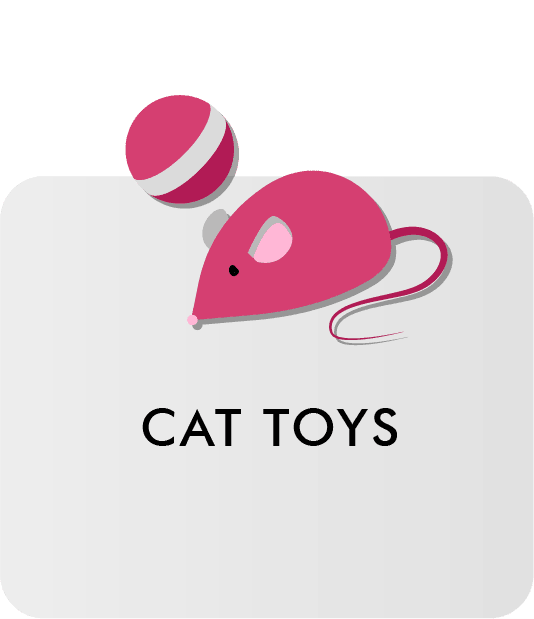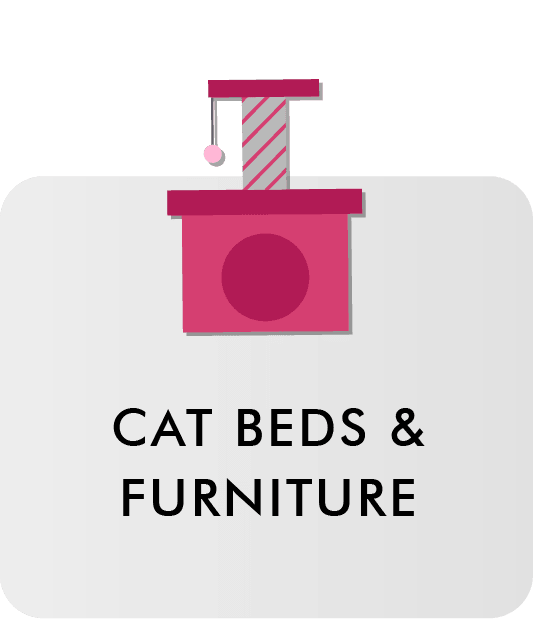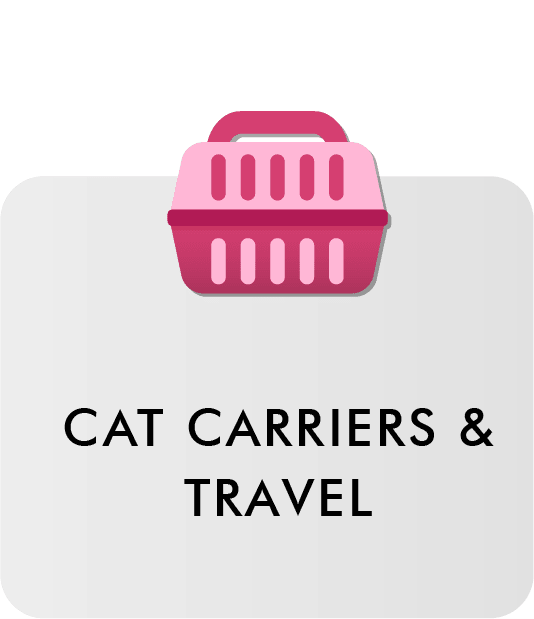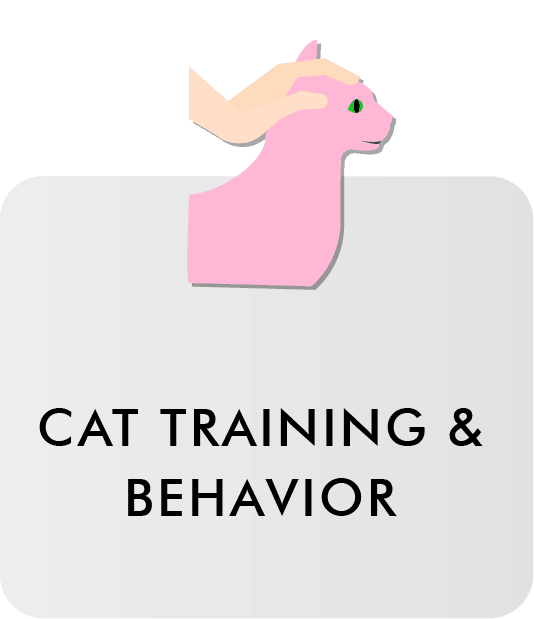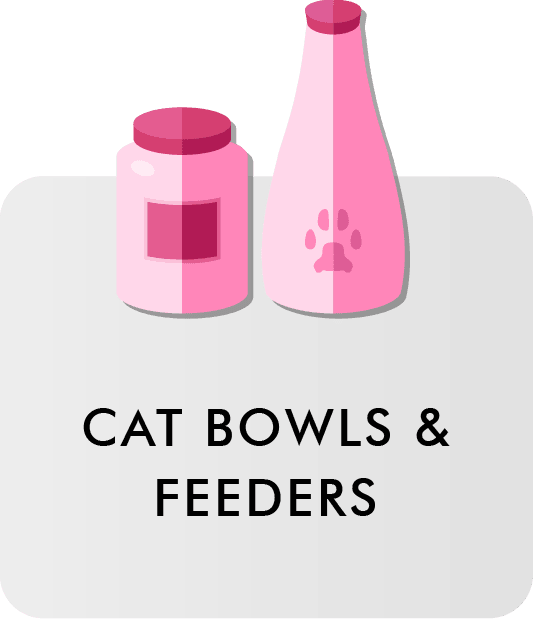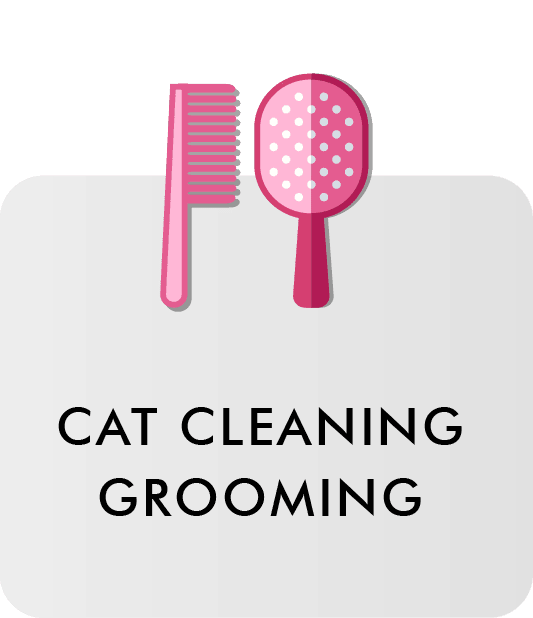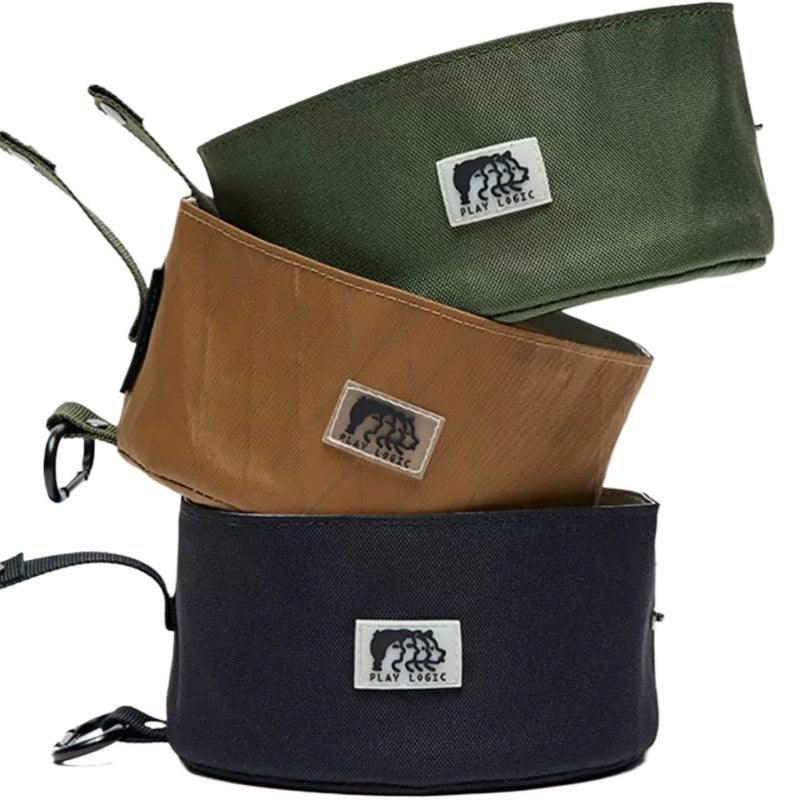KIKOPALS’ cat feeders collection offers a variety of high-quality feeding solutions designed to meet the diverse needs of your feline friends. Whether you’re looking to simplify mealtime or promote healthy eating habits, our feeders are perfect for ensuring that your cat receives their meals in a safe, stylish, and functional manner. With a focus on quality and convenience, KIKOPALS provides everything you need to make feeding time easier and more enjoyable.
Types of Feeders for Every Cat
Our range of cat feeders includes several types, from traditional bowl feeders to modern automatic dispensers. Each type serves a specific purpose, allowing you to choose the right feeding solution based on your cat's needs. Automatic feeders are perfect for busy pet owners, offering programmable meal times and portion control to prevent overeating. These feeders ensure that your cat is fed on a consistent schedule, promoting healthy eating habits and weight management.
Slow Feeders for Healthier Eating
For cats that tend to gulp down their food, KIKOPALS offers slow feeders designed to encourage more mindful eating. These feeders feature unique designs that make it more challenging for your cat to access their food, promoting slower consumption. This can help reduce the risk of digestive issues and vomiting, making slow feeders an excellent choice for cats prone to eating too quickly.
Interactive Feeders for Mental Stimulation
Our interactive cat feeders are designed to provide both physical and mental stimulation during mealtime. These feeders engage your cat's natural hunting instincts by requiring them to work for their food, making mealtime a fun and rewarding experience. Whether it’s a puzzle feeder or a treat-dispensing toy, these products are great for keeping your cat entertained while they eat.
Durable and Safe Materials
KIKOPALS is committed to providing feeders made from high-quality, pet-safe materials. Our products are designed to withstand regular use while ensuring your cat’s health and safety. Many of our feeders are made from BPA-free plastics or stainless steel, ensuring that they are free from harmful chemicals and easy to clean.
Easy to Clean and Maintain
Maintaining cleanliness is crucial for your cat’s health, and our cat feeders are designed for easy care. Most of our feeders are dishwasher safe or easy to wipe down, allowing you to keep your cat’s feeding area hygienic without hassle. Regular cleaning helps prevent the buildup of bacteria and ensures that your cat’s food remains fresh and safe to eat.
Stylish Designs for Every Home
KIKOPALS’ feeders come in various styles and colors to match your home décor. From sleek modern designs to colorful options that add a fun touch, you can find feeders that complement your living space while providing functionality. A well-designed feeder not only makes mealtime more enjoyable for your cat but also adds aesthetic appeal to your home.
Trusted Brands for Quality Assurance
In our Bowls & Feeders - Feeders section, you’ll find products from reputable brands known for their commitment to quality and innovation in pet care. Each feeder is carefully selected for its reliability, safety, and effectiveness, giving you confidence in your purchase.
Explore KIKOPALS’ Cat Bowls & Feeders - Feeders collection today to discover the perfect feeding solution for your beloved feline companion. With our focus on quality, convenience, and style, you can trust KIKOPALS to enhance your cat’s mealtime experience!




